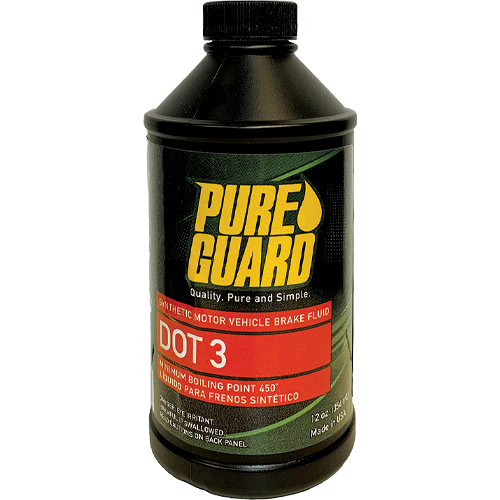

If the brake fluid becomes unable to control the pH or other corrosive elements, the rubber and metal parts will deteriorate over time. The additive package controls the pH of the fluid and the viscosity. What kills rubber parts is when the additive package breaks down. Even an older rubber part with a high concentration of natural rubber will not be damaged by new DOT rated brake fluids. Also, the additive packages will not damage or distort any rubber parts. All polyethylene glycol-based fluids will not harm healthy rubber parts. What is the compatibility between synthetics and conventional DOT 3 and 4 in most vehicles? Is a complete flush with new rubber a better choice? Is there any chance of seal swelling or disintegration in older vehicles, say from the 1930s, 1940s or even in the 1960s?Īll DOT 3, 4 and 5.1 brake fluids are compatible with each other and with all systems. This is a mixture of anti-corrosion, anti-foaming and other secret chemicals that give the fluid the desired performance characteristics for operation in vehicles.

They then add the additive package to the base stock. But, to make synthetic brake fluid the manufacturer will “synthesize” the original base stock and make the molecules better and more consistent. Both synthetic and conventional brake fluids start from the same “polyethylene glycol” stock. Simple, it all comes down to the base stock.


 0 kommentar(er)
0 kommentar(er)
